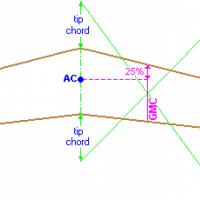Hi, everyone. Just registered, but have been watching the YouTube videos for a while now. I've noticed that several of the planes are tailless, such as the Flerken and the Retro Rocket. Trying to figure out how Flite Test has had such success with this design. May I ask the secret of your success? Reflexed airfoil? Extremely good CG calculations?
Also, I noticed that the Retro Rocket bears an uncanny resemblance to a truncated F-4 Phantom. Could I achieve the same with a shortened A-10 perhaps?
Thanks for taking the time to help a new guy.
Also, I noticed that the Retro Rocket bears an uncanny resemblance to a truncated F-4 Phantom. Could I achieve the same with a shortened A-10 perhaps?
Thanks for taking the time to help a new guy.


